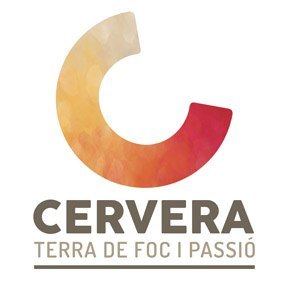Camino de Santiago
The most important pilgrimage route of medieval EuropeCamino de Santiago
World Heritage
HISTORY OF THE WAY
The Camino de Santiago pilgrimage route is the most important medieval Europe and one of the most important facts and benefit to the country's history. L’any 1987 Way was declared First European Cultural Route and 1993, Heritage by UNESCO.
SANTIAGO
The apostle Santiago, according to an old tradition, Christianity preached by the Roman Hispania before returning to Palestine, where he was beheaded. Later, his body would be moved by his disciples to be buried in the Galician coast. Eight centuries later a hermit named Pelayo had a vision, These facts came to the bishop of Iria Flavia, who visited the site and discovered a necropolis where the tomb of the apostle.
HISTORY
The history of the Camino de Santiago dates back to the early ninth century (any 814). With the discovery of the relics of the apostle, and with the approval of Charlemagne, Compostela·the progressively become a pilgrimage center to receive their final push in the first half of the twelfth century. Creating a cult of the Apostle expanding around the kingdom of Asturias and that leads to the arrival of pilgrims, as abovecomes from the entire European continent. The roads are full of people of all professions and social classes who walk between the villages. The path is defined then by the Roman road network linking the key points of the Peninsula. During the twelfth and thirteenth centuries reached its peak.
THE WAY CATALAN
Historically the cult of St. James in Catalonia was very frequent since the beginning of pilgrimages. A widespread tradition says the Apostle preached in Barcelona, Lleida and Zaragoza. For its geographical location, Catalonia was the gateway passage of pilgrims from Europe and the Eastern Mediterranean crossing the Pyrenees in search of the road.
With the passage of pilgrims, monasteries were strengthened, especially in Montserrat, since the beginning of the ninth century becomes one of the main centers of pilgrimage.
EL Camino de Santiago Cervera
Berenguer Castelltort, Cervera merchant's son , around Barcelona where he died in 1389. Castelltort, by will he founded the hospital that bears his name. I wanted the hospital was built in the house he lived in c / major and have beds, clothing and food for the poor finds shelter.
This wish could not be fulfilled because the house did not have good conditions for the construction of the hospital. Finally it was decided to purchase a district court Capcorral to be able to make construction.
This wish could not be fulfilled because the house did not have good conditions for the construction of the hospital. Finally it was decided to purchase a district court Capcorral to be able to make construction.
Over the centuries the hospital has had several location until the year 1733 inaugurated the new building that is the present location of the residence Mare Güell.
The Teaching Hospital ,Recorded in a column named therein cloister pilgrims , and in the central part of the water tank there is the image of a pilgrim .
Inside the church of Santa Maria, In the chapel of St. James is the tomb of Berenguer chronicling Castelltort, .In the window of the chapel can observe the traditional symbols such as pilgrims and pilgrims hat, pumpkin, and the drone shell.
